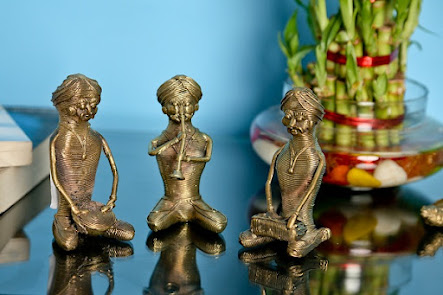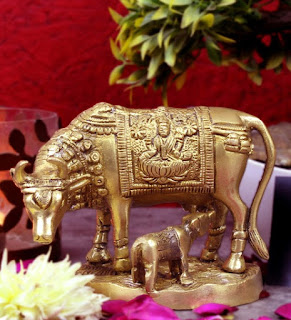Lord Buddha Mudras and Teaching behind them
Born into the Shakya tribe in Lumbini
(contemporary day Nepal), Siddhartha Gautama was brought up private from the
genuine world in a fortress until he was twenty years old. This was so since when he was born huge things
were prophesized for him that he shall either decree as an influential king or
become a powerful religious leader.
Fate has odd ways of operational out,
and the awfully separation of his early years led him to look for out the
anguish of others when he did go into the actual world.
As per brass home décor manufacturers in India, he was rapid to take the trail of
dispersion knowledge and thus came to be recognized as Gautama Buddha, the
progressive one and a religious steer around whose teachings the faith of
Buddhism is based.
What are Mudras?
Mudras are fundamentally
representative hand gestures that bring a message and deeper connotation. They
are said to bring to mind ideologies or instincts in mind and body.
As stated by the brass handicrafts manufacturers in India, the Buddha often used Mudras in his
teachings to drive across a communication or to suggest a sure feeling in his
disciples. Even nowadays, Mudras or hand gestures are widespread elements of
thoughtful practice.
There are a lot of famous Mudras, of
which these are usually used in the practice of reflection and by yogis as
well.
·
Abhya Mudra
Abhaya Mudra gets its person's name
from the Sanskrit word connotation “courage”. As depicted in the next brass
sculpture, this Mudra is completed by raising the right hand to shoulder length
with the arm bent and palm facing outward.
This symbolizes being liberated of
weapons and unprotected, thus making a calm agreement and a presence of
companionship. It is said that when Lord Buddha was attacked by an irritated
elephant charging towards him, he made this sign, which rapidly calmed the
animal down.
·
Dhyana Mudra
Dhyana Mudra symbolizes consideration
and attentiveness as decoration items for home in India. The brass
sculpture depicts the Dhyana Mudra as being ended by insertion the right
palm on the left with both palms wide open. The two thumbs are raised up,
moving each other, thus forming a triangle. This triangle is said to stand for
the Triranta (three jewels) of Buddhism, specifically Lord Buddha, Sangha and
Dharma. It also represents the spherical flow of life.
·
Bhumisparshi
Again, one very extensively used
Mudra is the one exposed in this brass sculpture of Lord Buddha. It
is called the Bhumisparshi, which factually means “touching the Earth”. This is
ended because Lord Buddha requests Mother Earth to situate the spectator to his
illumination.
It is done by home temple decoration items Buddha with the left hand on the lap with the palm opposite
upwards and right on the knee with palm facing downwards and fingers moving the
ground. It also shows the pour of energy from the ground to our body, as the
tips of fingers are said to be incredibly commanding receptors of feelings and
vibes.





Comments
Post a Comment